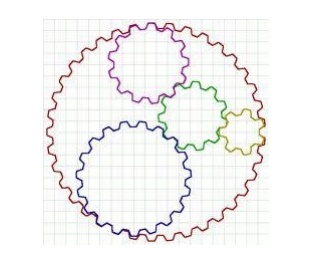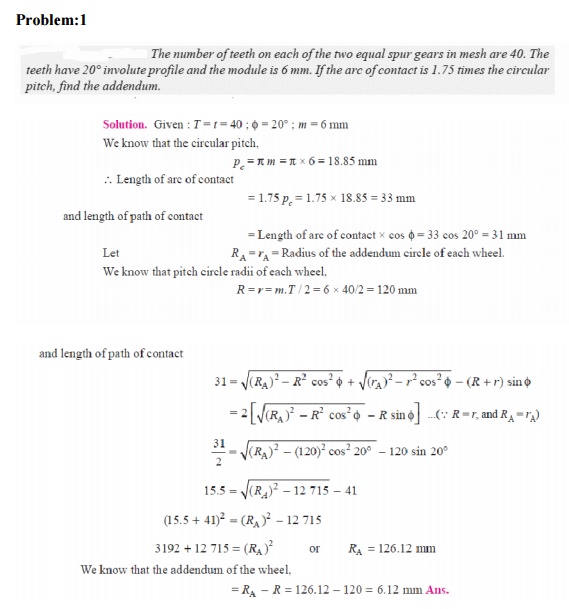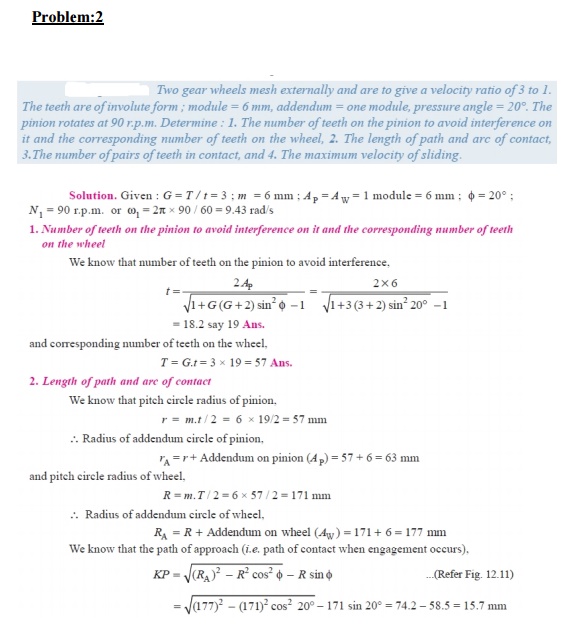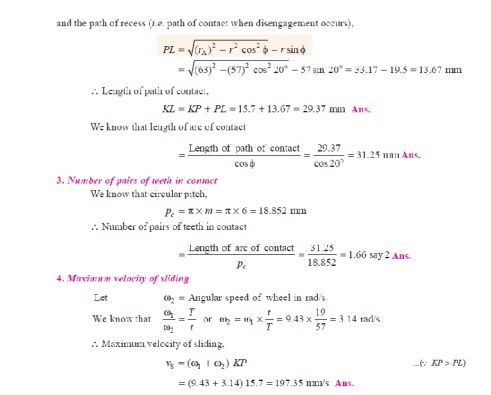Chapter: Mechanical : Kinematics of Machinery : Gears and Trains
Parallel axis and Epicyclic gear trains
Parallel axis gear trains:
· Simple Gear Trains – A simple gear train is a collection of meshing gears where each gear is on its own axis. The train ratio for a simple gear train is the ratio of the number of teeth on the input gear to the number of teeth on the output gear. A simple gear train will typically have 2 or 3 gears and a gear ratio of 10:1 or less. If the train has 3 gears, the intermediate gear has no numerical effect on the train ratio except to change the direction of the output gear.
Compound Gear Trains – A compound gear train is a train where at least one shaft carries more than one gear. The train ratio is given by the ratio mV = (product of number of teeth on driver gears)/(product of number of teeth on driven gears). A common approach to the design of compound gear trains is to first determine the number of gear reduction steps needed (each step is typically smaller than 10:1 for size purposes). Once this is done, determine the desired ratio for each step, select a pinion size, and then calculate the gear size.
· Reverted Gear Trains – A reverted gear train is a special case of a compound gear train. A reverted gear train has the input and output shafts in –line with one another. Assuming no idler gears are used, a reverted gear train can be realized only if the number of teeth on the input side of the train adds up to the same as the number of teeth on the output side of the train.
Epicyclic gear trains:
· If the axis of the shafts over which the gears are mounted are moving relative to a fixed axis , the gear train is called the epicyclic gear train.
· Problems in epicyclic gear trains.

Differentials:
· Used in the rear axle of an automobile.
· To enable the rear wheels to revolve at different speeds when negotiating a curve.
· To enable the rear wheels to revolve at the same speeds when going straight.
Problem:1



Related Topics